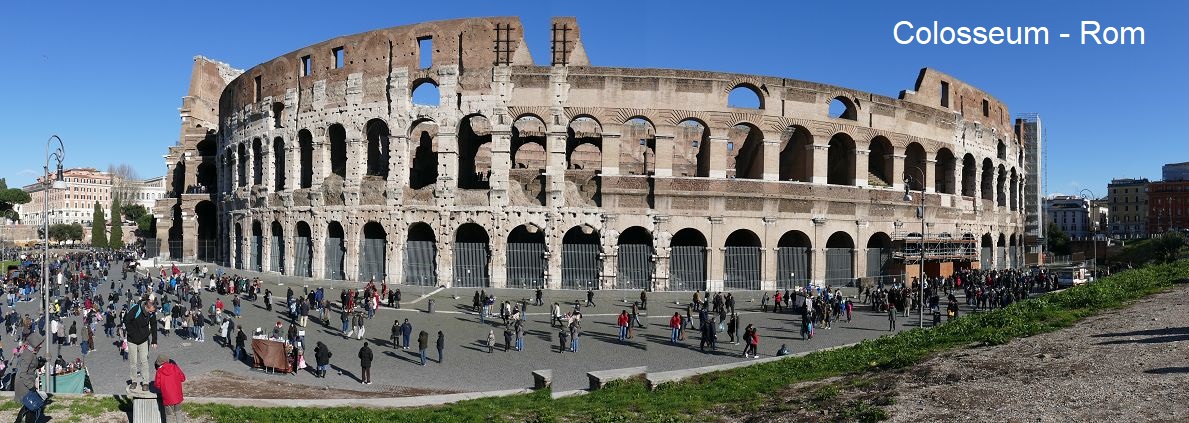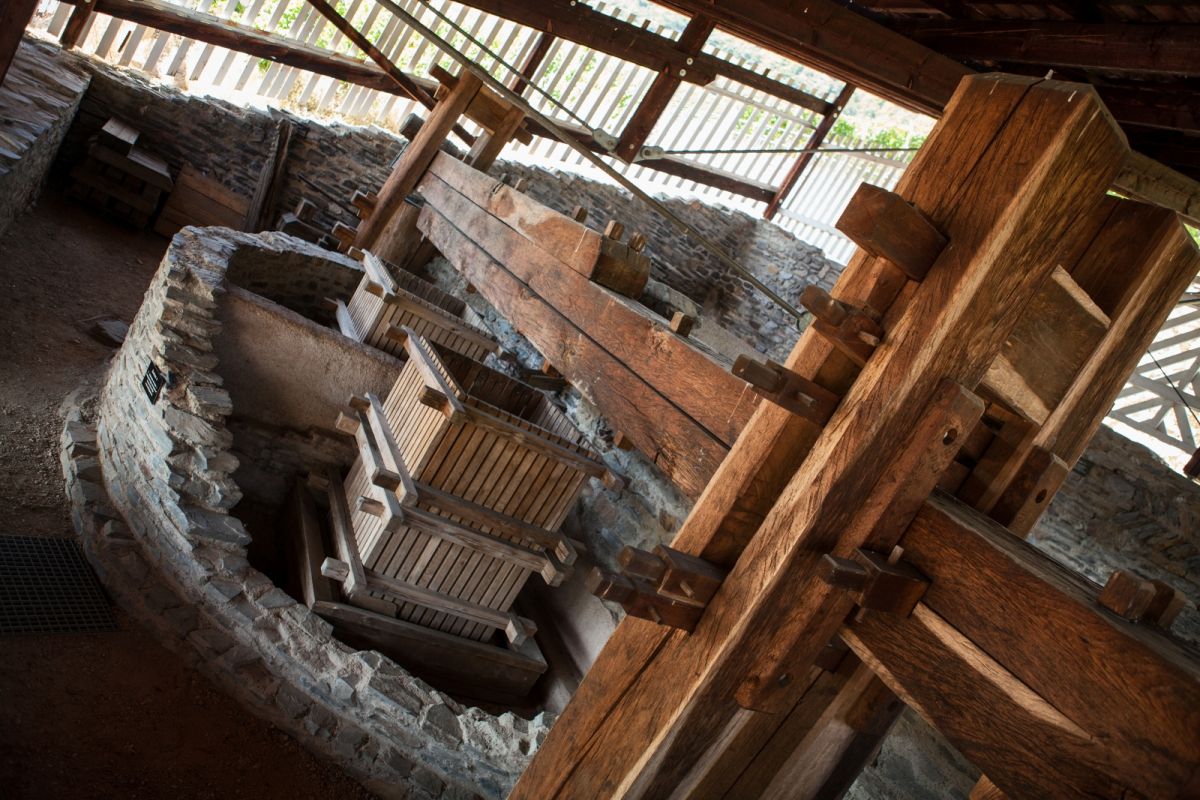Grapevines were first cultivated and wine (or wine-like drinks) produced 6,000 if not 8,000 years ago, as evidenced by grape seeds found in Asia Minor (Anatolia in present-day Turkey), the remains of wine presses and numerous ancient wine vessels and wine motifs on artefacts from many areas.
Cradle of viticulture
Where and by whom the first wine was actually consciously produced and drunk is of course no longer known. Chance probably played a major role in its development. Transcaucasia (parts of Armenia, Azerbaijan and Georgia), where the oldest archaeological finds were made, as well as the advanced civilisations in Mesopotamia (mostly modern-day Iraq, as well as parts of Syria and Turkey), in the Upper Nile river basin (Egypt) and in the Jordan Valley (Israel and Jordan) are considered to be the cradle of wine culture. According to the Bible book of Genesis, chapter 8, verse 4, Noah landed with his ark at Ararat after the end of the Flood and became a winegrower. According to the latest research, one of the origins of the cultivated grapevine or viticultural culture could also have been in south-east Anatolia (Turkey) (arrow).

The ancient civilisations of the Assyrians, Egyptians, Babylonians and Persians were already involved in viticulture, in some cases quite professionally. Many passages in the Bible and numerous writings and wall paintings by many ancient civilised peoples from these dominions tell of this. Much of their knowledge, techniques and grape varieties were probably adopted in the course of ancient history throughout the Mediterranean region, first by the Greeks and later by the Etruscans, Israelites, Celts (Gauls), Phoenicians and Romans.

This painting comes from the tomb of Chaemwese in Thebes (Upper Egypt) around 1450 B.C. It depicts, among other things, the grape harvest, fermentation in containers and the loading of a ship with amphorae.

Viticulture in Ancient Greece
The origins of European viticulture lie primarily in Greece. In his Iliad, the poet Homer (8th century BC) reports on wine as the house drink of his epic heroes. The Mycenaean culture in the 16th century BC (Mycenae = north-eastern Peloponnese, province of Argolis) already practised targeted viticulture. This has been proven by archaeological finds in the ancient palaces, including cellars with wine remains in storage jars and grape seeds. The Greek philosopher Theophrastus (370-287 BC), who was born on the island of Lesbos, already described the necessary coordination of grape variety, soil type and climate. Common vine training systems were tree training, bush training or flat ground training. It was known that appropriate pruning had a favourable effect on yield and wine quality.

In addition to pure enjoyment, wine also had an important religious and social role in ancient Greece. At the symposia (drinking parties), the shared enjoyment of wine among men acquired a truly cult-like character and was an indispensable part of the drinking culture of the time. Wine was just as important from a health point of view; medicinal applications for the purpose of antisepsis, pain relief, digestive support or "to bring the body's juices into balance" are frequently mentioned. Wine played an important role in many of the remedies of the famous physician Hippocrates (460-377 BC). The best qualities came from the Aegean islands. These were mainly Chios (Khios) - considered the Bordeaux of ancient Greece - as well as Rhodes, Samos and Lesbos. Wines from the Halkidiki peninsula (Macedonia) were also popular. For many of the city states of the time, viticulture was of great economic importance and wine was exported to the entire Mediterranean region, but above all to Rome and Egypt.
When the Greeks colonised the Mediterranean countries between 1,000 and 600 BC, they brought their wine-growing techniques as well as their native grape varieties with them. When they came to Italy via Sicily to what are now the two regions of Calabria and Campania, they gave the country the name Oinotria. On the site of today's Cirò (today's DOC) in Calabria was the town of Krimisa, where, according to legend, the wine of the Olympic champions was produced. The names of today's grapes, such as Aglianico, Cesanese, Falanghina, Greco Bianco, Grechetto, Limnio and Malvasia, point to a possible Greek origin. Many of the Greek wine-growing methods were adopted by the Celts (Gauls) and Romans. However, there were also Roman developments, such as the addition of seawater or salt during fermentation to make the wine smoother, to avoid a mouldy taste or spoilage and to improve the lack of acidity in the Mediterranean climate. These techniques were adopted by the Greeks.
Winemaking techniques
The addition of gypsum or marble dust mentioned by Theophrastus was used to clarify and acidify the wine. However, methods that today would be described as wine adulteration were also common. For example, ash lye, salt, spruce needles and various spices were added to the wine to remove its astringency or improve its flavour. There were also techniques for turning red wine into white wine by adding bean flour or egg white. The free-run must was sometimes processed into special wines, but was usually mixed with the pressed wine. Fermentation took place in doliums (clay vessels with a volume of several thousand litres) that were sunk into the ground. During fermentation or shortly afterwards, thickened must was also added to sweeten and preserve the wine.
As a rule, the wine was left on the lees and then often only racked into amphorae in the spring. The great period of ancient Roman wines was between the 1st century BC and the end of the 2nd century AD. The three most famous wines during this period were Caecubum, Falernum and Surrentinum (white wines, Falernum also red), all of which - like most of the top Roman wines - came from the Campania region. But the Haluntium from Syracuse (Sicily), the Pucinum from Friuli (favourite wine of Augustus' wife; 63 BC to 14 AD) and the Raeticum from Veneto, much praised by some ancient authors of the time, are also worth mentioning.
The biggest problem in the hot climate was storing and preserving the wine, which meant that preserving it had to be addressed. Homer already mentioned sulphurising and flavouring wine with spices and perfumes in the 8th century BC. The amphorae were sealed with pitch or pine resin and a layer of resin and oil was applied to the surface of the wine. The Greek retsina then developed from this. Ancient literature also frequently refers to sweet wines. This was probably due less to the pressing of dried grapes (although already mentioned in Homer's Odyssey) than to the fact that the fermentation, which usually took place at higher temperatures, got stuck. However, unripe grapes were also deliberately pressed in order to produce wines with strong acidity.
Viticulture in ancient Rome
The largest market was Rome, where the patricians practised the free distribution of wine (not just bread) at the games. Until its destruction by the eruption of Vesuvius in 79, the city of Pompeii was the main supplier. Wine was an everyday drink for all classes of the population, which is also documented by the saying "Vita vinum est" (wine is life). The famous work Satyricon by Petronius provides an excellent picture of the eating and drinking culture of the Roman upper classes. However, there were great differences in quality. Iora, a pomace wine made from press residue, was favoured by the poor classes and slaves. A favourite non-alcoholic drink of Roman citizens and especially legionaries was posca (a vinegar water). The best wines were mainly white wines. Aged, tannin-rich red wines did not yet exist. They were pale red and the everyday drink in the taverns.

In addition to mead, the honey wine mulsum was very popular with the upper classes. The shelf life of the wines was also very important to the Romans and they seem to have put more effort into this than the Greeks. According to Roman law, a distinction was made between "new" and "old" wine, the latter had to be stored for at least a year. The flavour of white wines gradually changed from thick and sweet to light and dry. A widespread and fatal custom was to thicken grape juice in lead containers by boiling it over a small fire to make a syrup called defrutum. Chronic lead poisoning is cited in some sources as one of the reasons for the fall of the Roman Empire. If this is true, then this custom (in addition to water pipes and lead cisterns) also contributed to this. The map shows the Roman Empire at the time of its greatest expansion at the end of the reign of Emperor Hadrian (53-117).

Sparkling wine was already being produced by storing amphorae in cold spring water (interrupting fermentation). In the first century AD, people were intensively involved in breeding grape varieties and tried to find the most suitable vine for the respective soil. Pliny recognised that it was primarily the area and the soil, i.e. the origin and the terroir according to today's nomenclature, that determine the quality of the wine and that, for example, Uva Rhetica (variety for the Raeticum) does not produce good wine outside its growing area, but only produces quantity. Single-varietal cultivation and ageing was recommended in order to be able to better assess and judge the varieties. Many of today's autochthonous vines are descended from the grape varieties cultivated at that time. Due to the collapse of the Roman Empire in the 5th century and the turmoil of the migration of peoples, wine culture fell into oblivion and was only cultivated by monasteries of the Roman Catholic Church through the production of mass wine.
Viticulture in the Roman colonies
The Romans spread and cultivated viticulture during the expansion of their empire throughout Europe, Asia Minor and North Africa and had a decisive influence on viticulture and wine culture there through corresponding laws. In this respect, the two emperors Domitian (51-96) and Probus (232-282) should be mentioned in particular, whose decrees and measures had a major impact on the development of viticulture in almost every country in Europe. Many of today's German names come from the Romans. The best known are wine from vinum, must from mustum (mustus = young, fresh), wine press from calcatorium or cellar from cellarium.

In many of today's traditional wine-growing regions in Europe, there were already vineyards cultivated by the Romans at the turn of the century. Remains of wine-making artefacts have been found in many wine-growing communities. The picture shows a brick-built wine press in the municipality of Piesport (Bernkastel area) in the German Moselle wine-growing region. The documentation on wine and viticulture written by numerous Greek and Roman authors was partly valid until the late Middle Ages in the 15th century and the methods described therein were used. The orders of the Roman Catholic Church later took over the pioneering role from the Romans, drawing on their experience and perfecting it. The Benedictines (from the 6th century onwards), the Carthusians and the Cistercians (from the 11th century onwards) earned particular merit in this respect.
Ancient wine literature
There is extensive literature on viticulture and wine culture in antiquity with colourful pictures of the habits of life. In chronological order, these include the Carthaginian Mago (around 400 BC), considered to be the "first wine writer", the Greek historian Herodotus (482-425 BC), the Roman politician Cato the Elder (234-149 BC), the Roman writer Varro (116-27 BC), the Greek historian Strabo (63 BC-28 AD), the Roman author Columella (first half of the 1st century), the Roman natural scientist Pliny the Elder (23-79), the Roman historian Tacitus (55-120), the Greek physician Galen (129-216), the Greek writer Athenaeus (around 200) and the Roman writer Palladius (4th century). And the three Roman poets Horace, Ovid and Virgil wrote about wine. See also under Ancient grape varieties.
Viticulture in ancient Egypt: by Egyptian painter around 1500 BC Public domain, link
Parthenon: by Graham Hobster on Pixabay
Colosseum: by LoggaWiggler on Pixabay
Map: By Sebastian Wallroth, derived from: Roman Provinces and Map of Europe, CC BY-SA 3.0, Link
Roman wine press in Piesport: German Wine Institute
Voices of our members

wein.plus is a handy, efficient guide to a quick overview of the colourful world of wines, winegrowers and grape varieties. In Wine lexicon, the most comprehensive of its kind in the world, you will find around 26,000 keywords on the subject of grape varieties, wineries, wine-growing regions and much more.
Roman Horvath MW
Domäne Wachau (Wachau)